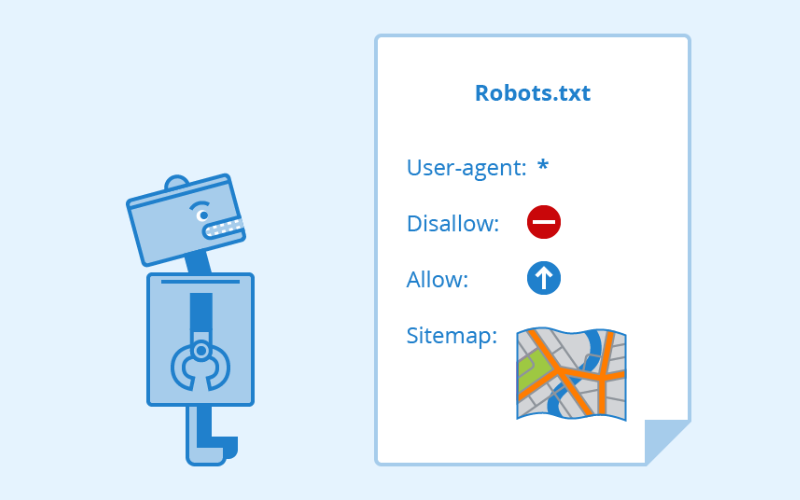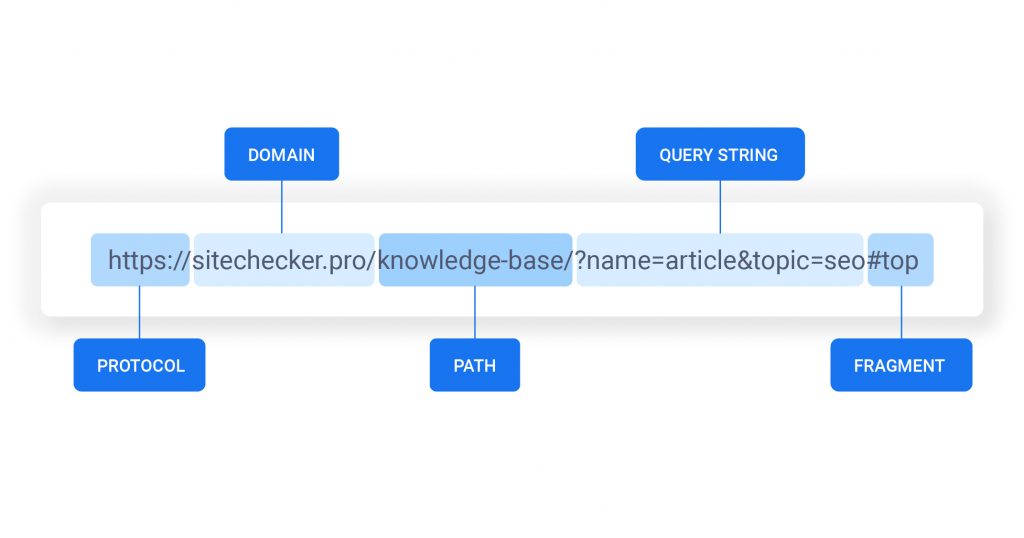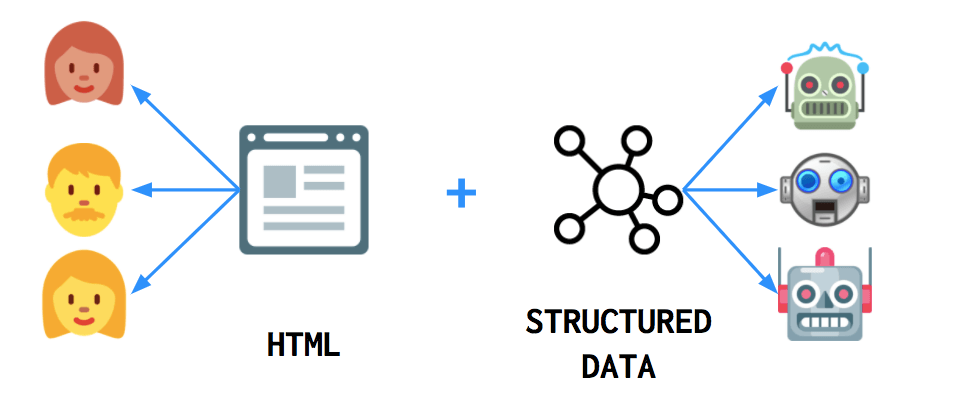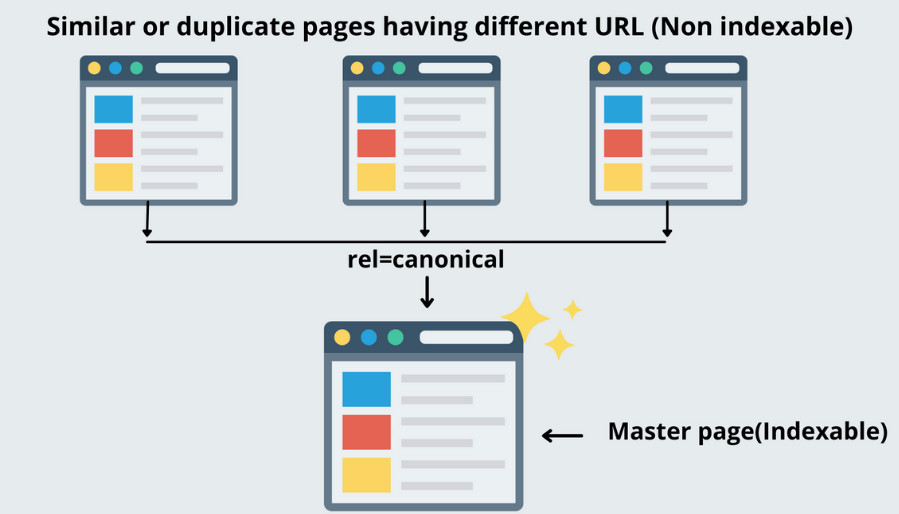Analyze the presence of technical SEO with this 20-minute workweek checklist for technical SEO. Technical SEO is the third way of optimization in Search engine optimization.
In technical SEO, we audit some technical parts of our website, like 404, server issues, Cloudflare, redirections 301, 302, and many other aspects of technical optimization.
Maintaining a website’s presence depends on various factors in technical SEO. This 20-minute workweek checklist gives a high-level overview of the search presence and the technical errors or issues we make sure to resolve.
ADVERTISEMENT
Out of all the SEO terms like on-page SEO, off-page SEO & technical SEO, the technical SEO is the most straightforward about what needs to be done and how to do it.
In technical SEO, we find all the technical issues or all the errors, or we can say it is about the backend of the website, which only the technical person needs to fix all the aspects.
The great news is that you won’t have to deal with any potential issues from your technical audit once you’ve fixed them all.
ADVERTISEMENT
You will discover what technical SEO is in this blog post, along with its key terms and instructions for conducting a technical SEO audit using our 20-minute technical SEO checklist.
What does technical SEO mean?
Techniques that help your website be optimized for the bots and indexing phases are referred to as technical SEO. Technical SEO, a part of online digital marketing, can help you make it easier for search engines to access, understand, index, and crawl your website.
Since the primary objective of technical optimization is to optimize the technical aspects of the website, it is known as “technical” SEO because it has nothing to do with the website’s content.
ADVERTISEMENT
Let’s begin with some fundamental terminology before we delve further into technical SEO.
What is SEO?
A summary of Search engine optimization is referred to as SEO, and the process of optimizing your website for search engines is the short definition of SEO.
The term optimization in SEO means:
- Ensure that Google search engines can easily access crawl and your website.
- Verify that your content is pertinent to the audience’s intentions or actions.
- Sending the proper commands to help search engine crawlers comprehend the framework of your website.
- Always use alt tags with the images so crawlers can easily understand what the image is saying.
- Optimization in SEO will help search engine crawlers to signify your content.
- If you optimize your website, Google will be more likely to rely on it and give it a higher ranking than other websites.
- Content optimization is the crucial thing to do in on-page optimization.
Your website would be categorized as SEO-friendly once you have addressed all the specifically selected.
How to get started with SEO?
SEO is the process of three steps:
- Crawling
- Indexing
- Ranking
At the time of these three processes, search engines will store the data indexed by the crawlers and show the data in the Google search engines when the users do the relevant search queries.
For Google search engines to be prepared to respond to users’ pertinent queries, they research, read, and arrange the data in their database.
The three primary pillars of SEO are:
- On-page optimization – includes content optimization
- Off-page optimization – has website promotion & backlinks
- Technical optimization – Technical SEO is all about crawling & indexing
Let’s dive into on-page SEO optimization, as on-page SEO is all about the content, or we can say how you are doing the content optimization of your website content. In on-page SEO, there is also one thing that needs to consider relevancy or the relevant content. Here, “relevance” refers to the content’s suitability for the user’s inquiry.
Even though link building is the method of obtaining links or mentions from different websites that count as votes, it is also known as on-page SEO.
However, they all must work together to create an entirely optimized website, technical, on-page, and off-page SEO have no appropriate limits.
Best Technical SEO Practices
To get deeper into technical SEO, a crucial part of digital marketing, look at the below-mentioned points to know more about technical SEO.
Enhance The Robots.txt File
Another step is to optimize your robots.txt after you have configured your desired domain.
What are robots? txts?
In the initial directory of your website, there is a type of text file called robots.txt that supposedly instructs search engines which pages to index and which to ignore. The structure of this file is very straightforward, so you should typically not need to make any modifications.

An essential thing in the robots.txt file is that we need to ensure that there should be no false blockings used to prevent website indexing by search engine crawlers.
Optimize the URL Structure of your website
The following audit point in the technical optimization audit list is the optimization of the URL structure.
Make sure the structure of your URLs should match the following criteria.
The following about URLs is determined by best SEO practices:
- Customize URL with lowercase characters
- Keep them concise and informative
- Don’t use incidental symbols or words
- Avoid keyword stuffing when using your keyword phrases within the URL
Generally speaking, once you’ve established the structure of your sustainable links, all that’s left to must do is optimize your URLs whenever you publish unique content.

Unless you can use WordPress as your content management system (CMS), you’ll see that it automatically generates the URL for new posts using the post title.
It is not a bad name; you can shorten it to something more focused and straightforward to remember, like http://www.example.com/onpage-seo.
Like the desired domain, you can change your sustainable link format at any time utilizing 301 redirects.
You are not advised because there is little benefit in doing so. You can use the ideal methods for your fresh posts instead.
Website structure and navigation
For many reasons, a website’s structure is a crucial SEO factor.
Customers are more inclined to spend more time on a website and find the information they need more quickly, and websites can be understood by and indexed by search engines.
A standard error made by web admins is to neglect navigation and site structure in their efforts to optimize their websites for conversions, which has the unintended consequence of degrading their SEO.
It’s common to practice hiding archive pages from users and grouping all content under a specific category.
It was once believed that multiple categorization pages or archive pages could harm your SEO. However, This is a poor SEO technique.
When assessing a specific page, Google considers a website’s entire structure, so it’s essential to keep this in mind.
Of course, if you want to gain anything, your category pages should be optimized.
SEO and Structured Data Markup
In the past few years, structured data has grown in importance due to Google’s extensive use of SERP.

Structured data: What is it?
Simple code that you could include in your web pages to make them recognizable to search engine spiders and aid them in comprehending the structure of your content is known as structured data. It’s a method of communicating to search engines in their language about your data.
How does technical SEO relate to structured data?
Structured data is classified as technical SEO even though it is related to a website’s content because it needs coding to be implemented correctly. Usually, once the distinction for structured data is added, nothing else needs to be done.
For instance, you can finish customizing your schemas once you have added one breadcrumb.
Likewise, articles. Once you’ve done that, your CMS will automatically use the appropriate definition of structured data.
What advantages does using structured data offer?
It can improve the way your listings are presented in the SERPS and raise your CTR through featured snippets, knowledge graph entries, etc.
What applications do structured data have?
Structured data can be used in various ways to determine your content. The most well-liked items include articles, recipes, activities, job listings, nearby businesses, and more.
Examine The Canonical URLs
A canonical URL must be present on your website for every page. By including the tag link rel=” canonical” href=” your page URL”> within the head> of the posts and pages, you can specify this.

An explanation of canonical URLs
It’s a simple and quick way to tell Google to index a page from your website using the most recent version. The concept applies to the desired domain, where various URLs can point to the same page.
Apply the rel= “canonical” tag to avoid issues with duplicate content. At the same time, you have pages with pertinent content for paging purposes or when you add content from different websites to your website.
You need nothing else to do after setting up your website to output the canonical URL correctly, similar to other technical SEO components.
Conclusion
You must optimize several settings and checks referred to as technical SEO to ensure search engines can quickly crawl and index your website.
Once you get technical SEO right, you usually won’t need to do it again, aside from periodic SEO audits.
The word “technical” implies that some of your tasks (such as improving page speed, adding structured data, etc.) call for a certain level of technical know-how but are necessary for your website to operate at its best.
If you need more information about any tasks, our SEO Courses will take you step-by-step through the process and cover every aspect of technical SEO in detail.








